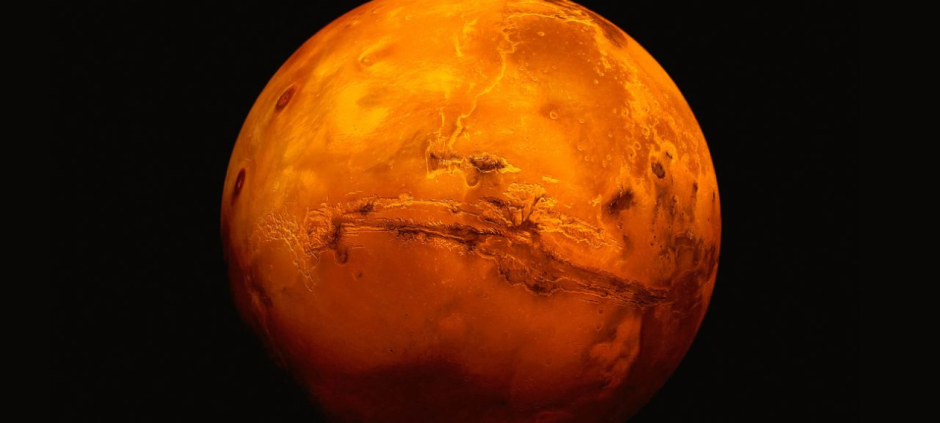Mars may have been far more Earth-like billions of years ago, with rainfall and active river systems shaping its surface, according to a groundbreaking study published in the Journal of Geophysical Research. The findings lend new support to the theory that the Red Planet once sustained a warmer, wetter climate.
Led by researchers from the University of Colorado at Boulder, the study used advanced computer simulations to compare two competing views of ancient Mars: one as a frozen landscape with brief thaws, and the other as a planet where rain and snow drove significant erosion. Their results suggest that precipitation, rather than melting ice, is a better fit for the Martian valley networks.
Also Read: Mars Rover Verifies Presence Of Ancient Lake Sediments
“You could pull up Google Earth images of places like Utah, zoom out, and you would see similarities to Mars,” said lead author Amanda Steckel. The team found that Martian valleys formed at a wide range of elevations — a detail difficult to explain through ice melt alone.
Satellite imagery supports this, showing dense, branching valleys near the Martian equator that likely drained into ancient lakes or seas. NASA’s Perseverance rover is currently investigating one such area in Jezero Crater, once believed to be a lakebed.
By running simulations over tens of thousands of years, researchers saw that rainfall-driven erosion recreated terrain remarkably similar to what is observed on Mars today. Co-author Brian Hynek noted, “Once the erosion from flowing water stopped, Mars almost got frozen in time.”
Though not definitive, the study bolsters the idea that Mars had a climate capable of sustaining flowing water — and perhaps even life — in its ancient past.











